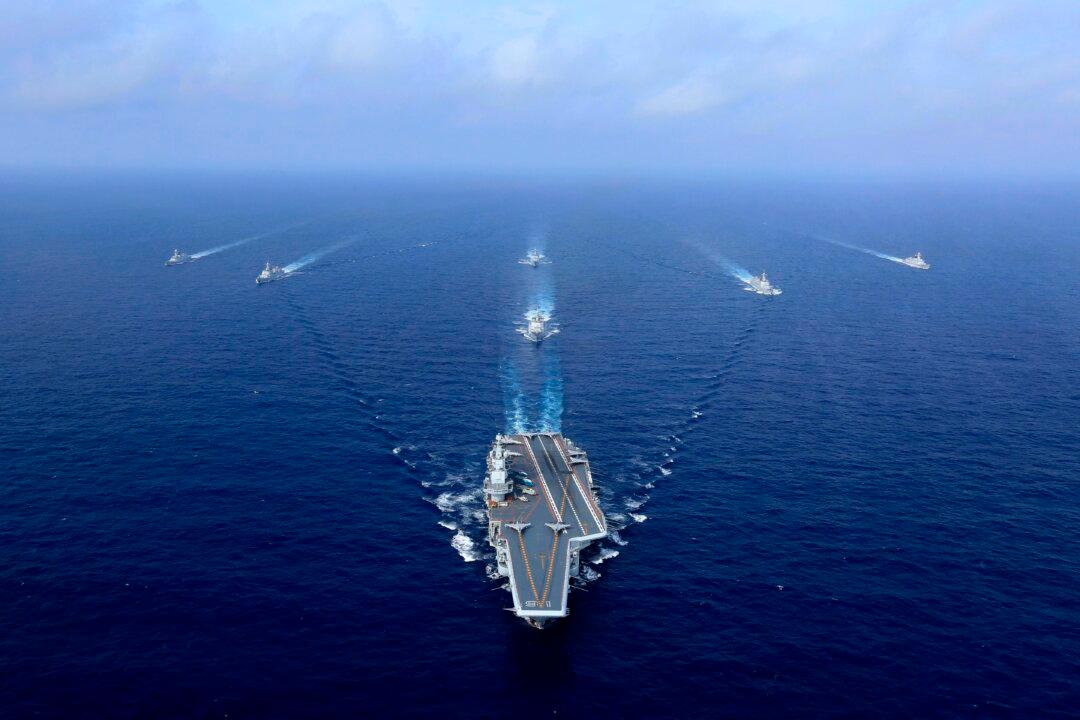Commentary
Over the past several years, the People’s Liberation Army Navy has been saber-rattling in the Taiwan Strait, East China Sea, and South China Sea.

Over the past several years, the People’s Liberation Army Navy has been saber-rattling in the Taiwan Strait, East China Sea, and South China Sea.